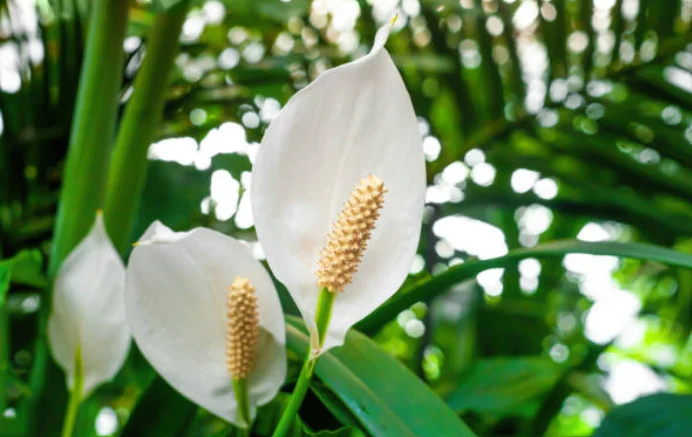Peace lilies are not only stunning indoor plants but also incredibly resilient and low-maintenance. Whether you’re a seasoned plant parent or just starting your green journey, cultivating peace lilies can bring tranquility and beauty into your home.
In this comprehensive guide, we’ll walk you through everything you need to know to grow and care for these beloved houseplants.
Tools You’ll Need
Watering can or spray bottle
Fertilizer (optional)
Potting mix
Container with drainage holes
Pruning shears (optional for removing dead or yellowing leaves)
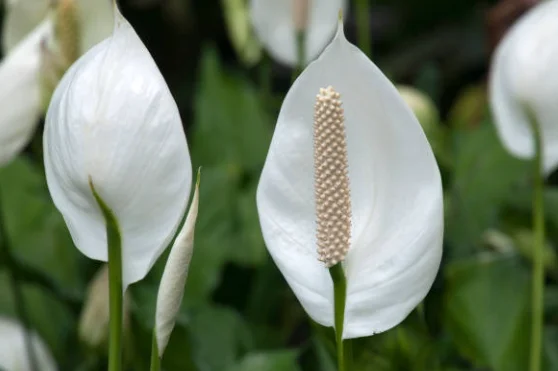
Getting Started
Before diving into the care routine for your peace lilies, let’s gather the essential tools:
Quality Potting Mix: Opt for a well-draining potting mix rich in organic matter, such as peat moss or compost.
Suitable Containers: Choose pots with drainage holes to prevent waterlogging, and ensure they are large enough to accommodate the roots of your peace lily.
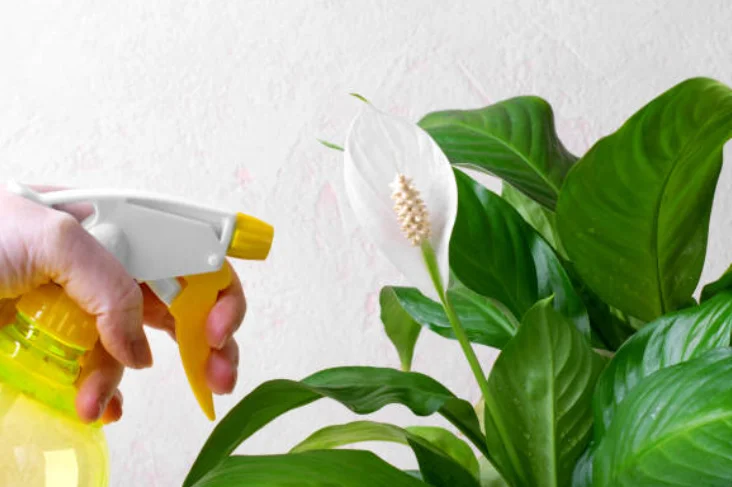
Watering Can or Spray Bottle: Peace lilies prefer consistently moist soil, so having a watering can or spray bottle on hand will help you maintain optimal moisture levels.
Fertilizer: Use a balanced liquid fertilizer diluted to half strength to feed your peace lilies once a month during the growing season.
Pruning Shears: Keep your peace lilies looking tidy by trimming away yellow or dead leaves with a sharp pair of pruning shears.
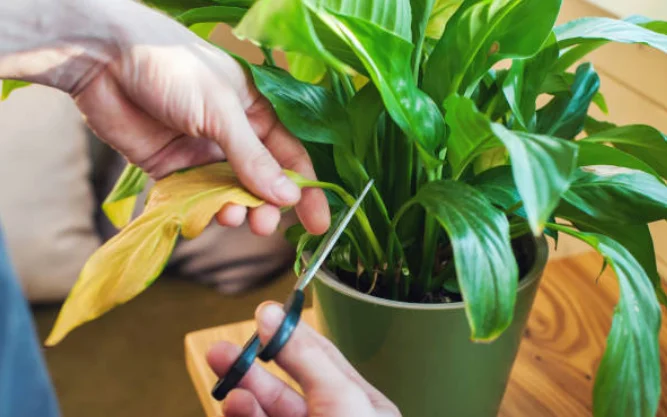
How To Grow Peace Lily: Planting Steps
Choose a pot that is slightly larger than the root ball of your Peace Lily. To avoid waterlogging, ensure there are drainage holes.
Fill the pot with well-draining potting soil, leaving enough space for the root ball.
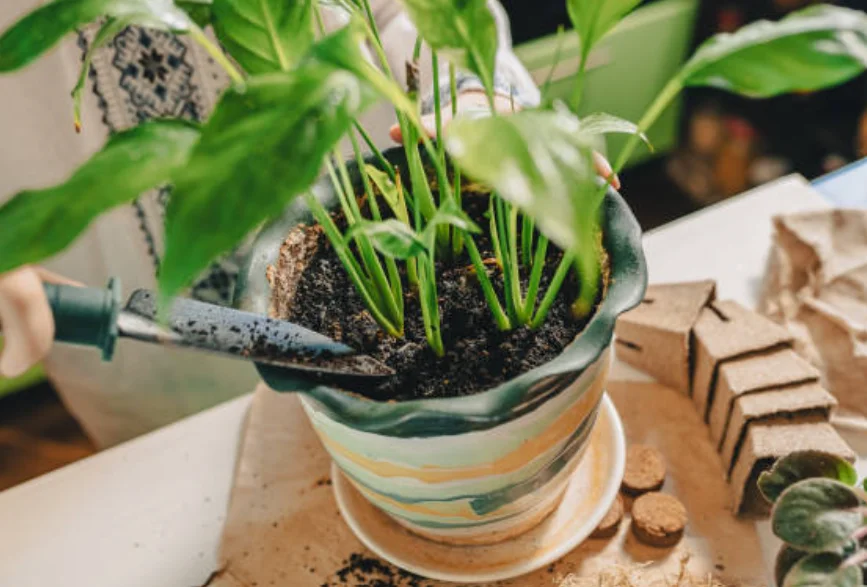
Carefully remove the Peace Lily from its nursery container and gently loosen the roots.
Place the plant in the center of the pot and fill in the gaps with soil, ensuring the top of the root ball is level with the soil surface.
Get the plant thoroughly watered until the excess water drains out from the bottom of the container.
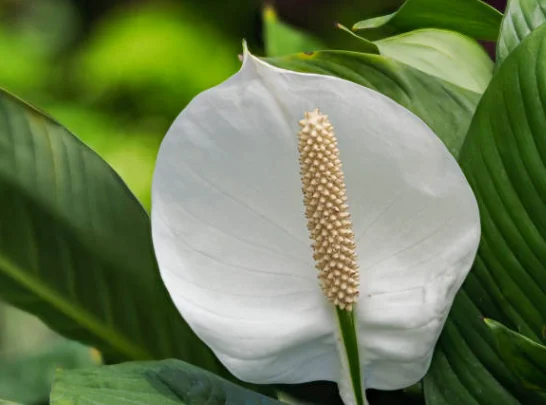
Planting and Care Essentials
Now that you have your tools ready, let’s dive into the care routine for your peace lilies. Planting a peace lily is relatively straightforward, but proper care is essential for its health and vitality. Here’s what you need to know:
Light Requirements: Place your peace lilies in bright, indirect light, away from direct sunlight, to prevent leaf burn. They can also tolerate low light conditions, making them ideal for offices or rooms with minimal natural light.
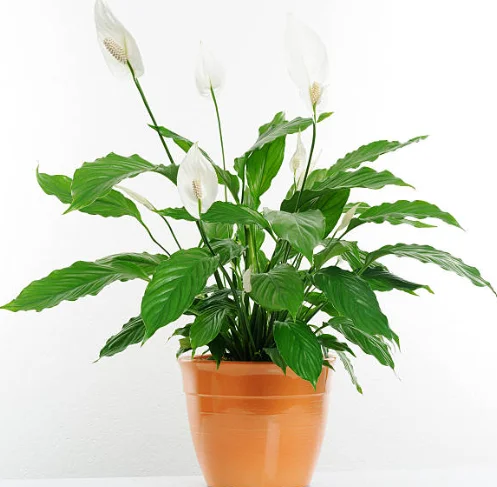
Watering: Keep the soil consistently moist but not soggy. When the top inch of the soil feels dry to the touch, then water your peace lily plant. Be sure to use room temperature water and allow any excess to drain away to prevent root rot.
Humidity: Peace lilies thrive in humid environments, so consider misting their leaves regularly or placing them near a humidifier to mimic their native tropical habitat.
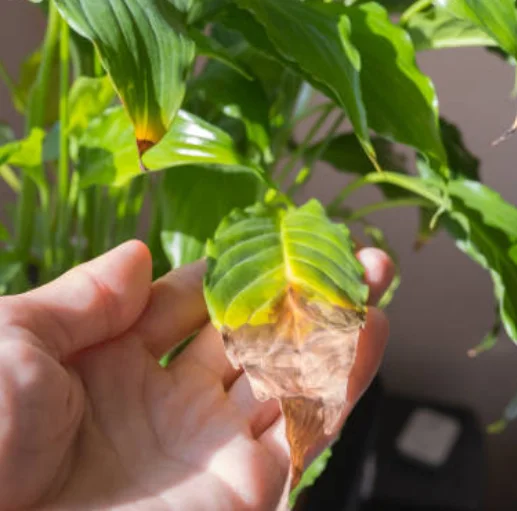
Temperature: Maintain temperatures between 65-80°F (18-27°C) for optimal growth, and avoid exposing your peace lilies to drafts or temperature extremes.
Fertilizing: Feed your peace lily with a balanced, water-soluble fertilizer during the growing season (spring and summer). Dilute the fertilizer to half strength and apply it every 6-8 weeks to promote healthy growth.
Repotting: Peace lilies prefer slightly crowded roots, so only repot them when absolutely necessary, typically every 1-2 years. Choose a container slightly larger than the current one and use a well draining potting mix when repotting.
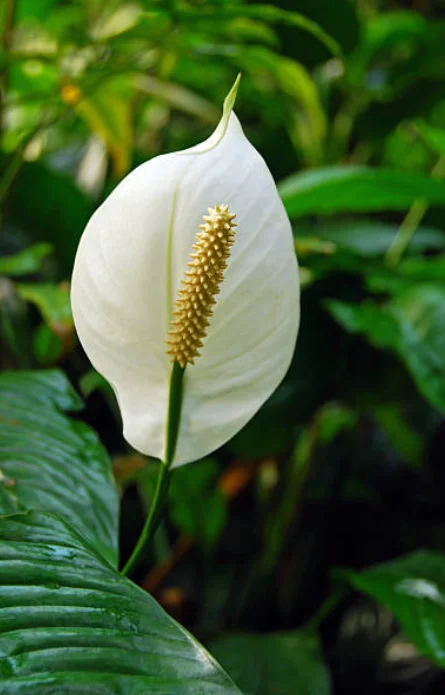
Conclusion
Growing and caring for peace lilies is a rewarding experience that can add beauty and serenity to any indoor space. By following the tips and techniques outlined in this guide, you’ll be well-equipped to nurture healthy and thriving peace lilies in your home.
Frequently Asked Questions (FAQs) about How To Grow Peace Lily
How often should I water my peace lily?
Water your peace lily whenever the top inch of soil feels dry to the touch. Depending on factors like temperature and humidity, this typically translates to watering every 1-2 weeks.
Can peace lilies live outside?
While peace lilies are primarily indoor plants, they can be placed outdoors in shaded or sheltered areas during the warmer months. However, they are sensitive to cold temperatures and should be brought indoors before the first frost.
How to take care of peace lily plant indoors?
Indoors, place your peace lily where it gets indirect sunlight, like near a window but not directly in the sun.
Why are the leaves of my peace lily plant are turning yellow?
Yellowing leaves on a peace lily can indicate overwatering, underwatering, or exposure to direct sunlight. Adjust your watering routine and move the plant to a more suitable location to prevent further leaf damage.
What does a peace lily need to thrive?
Peace lilies thrive with regular watering, well-draining soil, and occasional misting to maintain humidity.
How often should you water a peace lily?
Water your peace lily about once a week or when the top inch of soil feels dry, adjusting based on your home’s humidity and temperature.
Should I cut the brown tips off my peace lily plant?
Yes, trim brown tips on peace lily leaves to maintain their appearance and promote new growth.
Where is the best place to put a peace lily plant?
Peace lilies thrive when placed in a location with indirect sunlight, consistent watering, and occasional misting for humidity.

